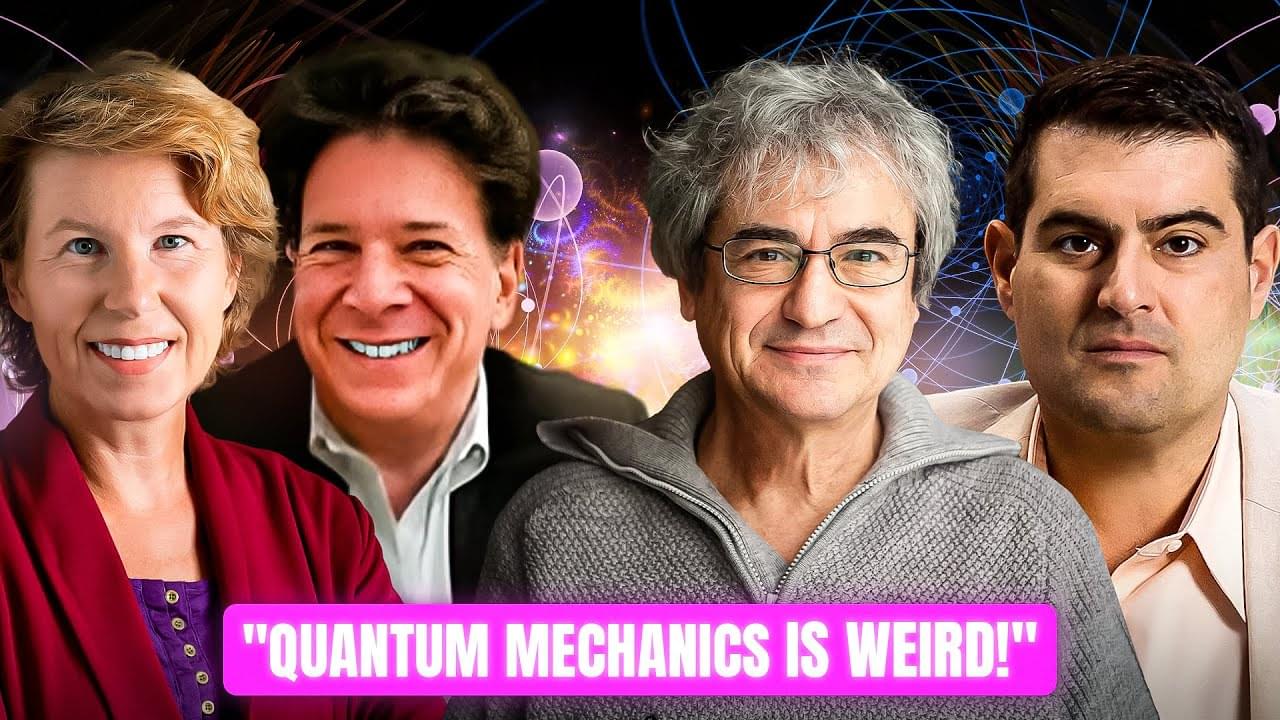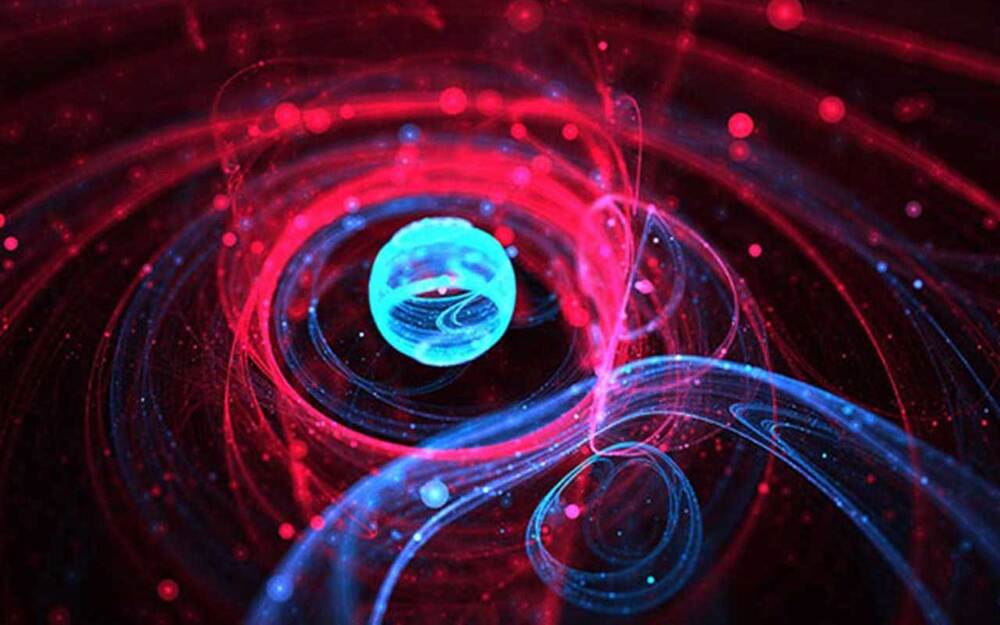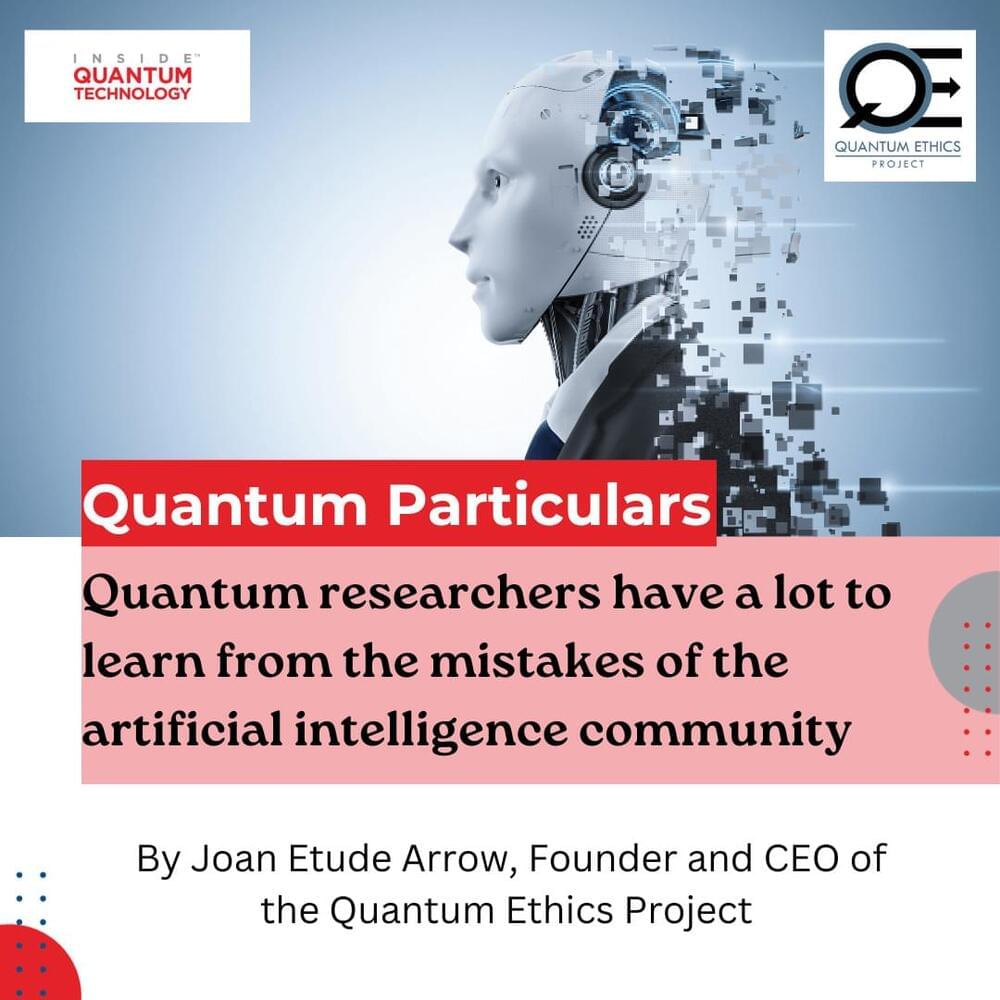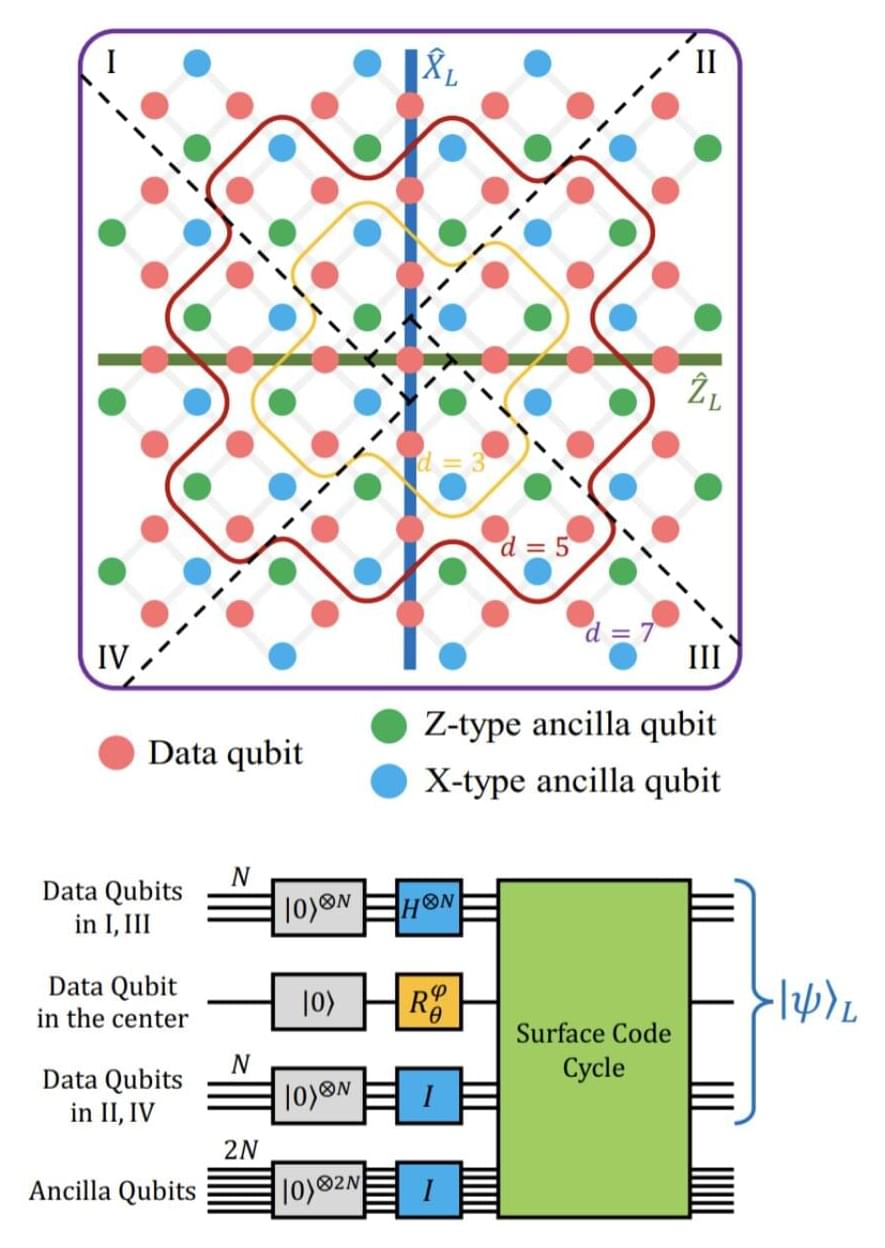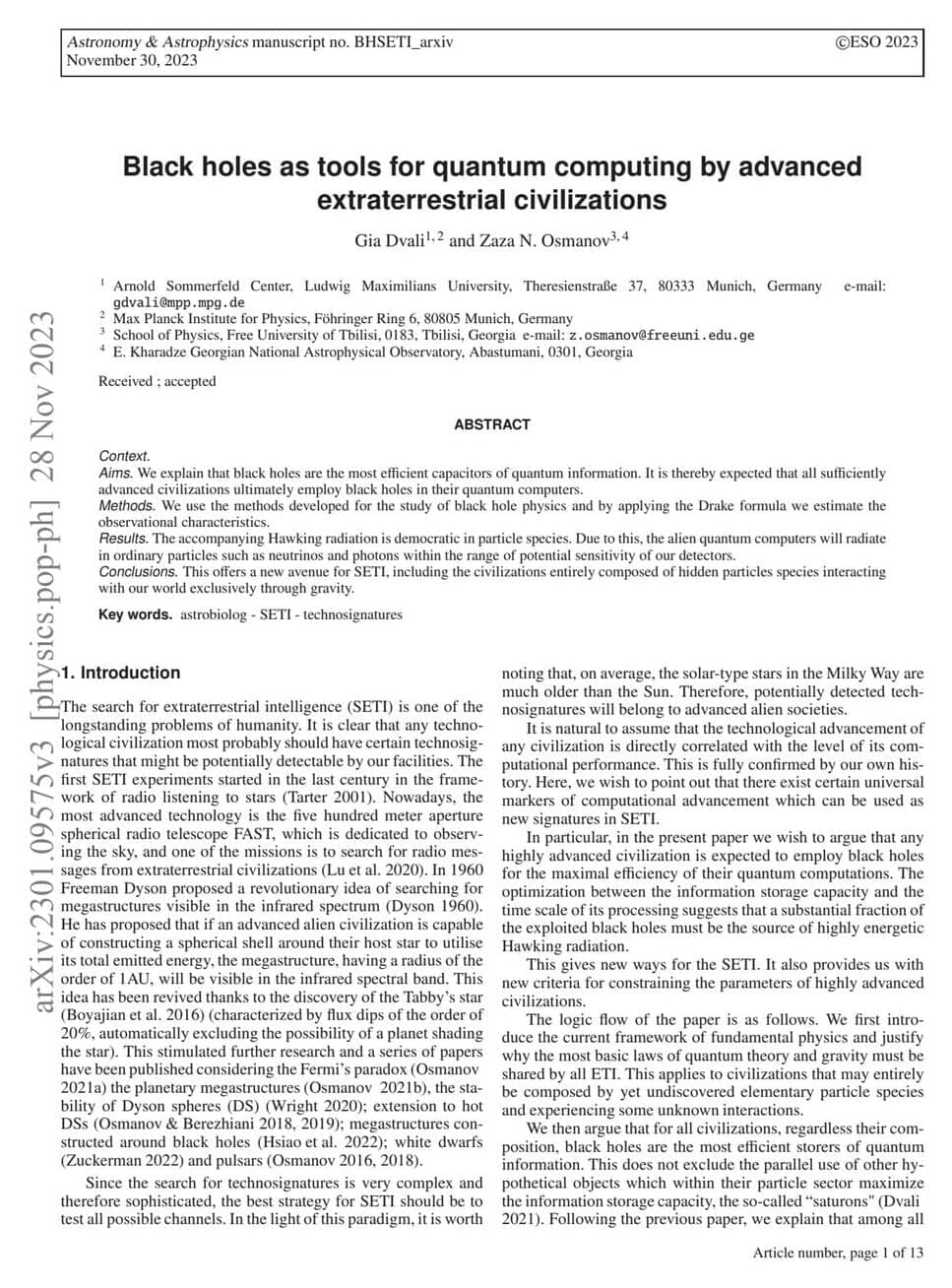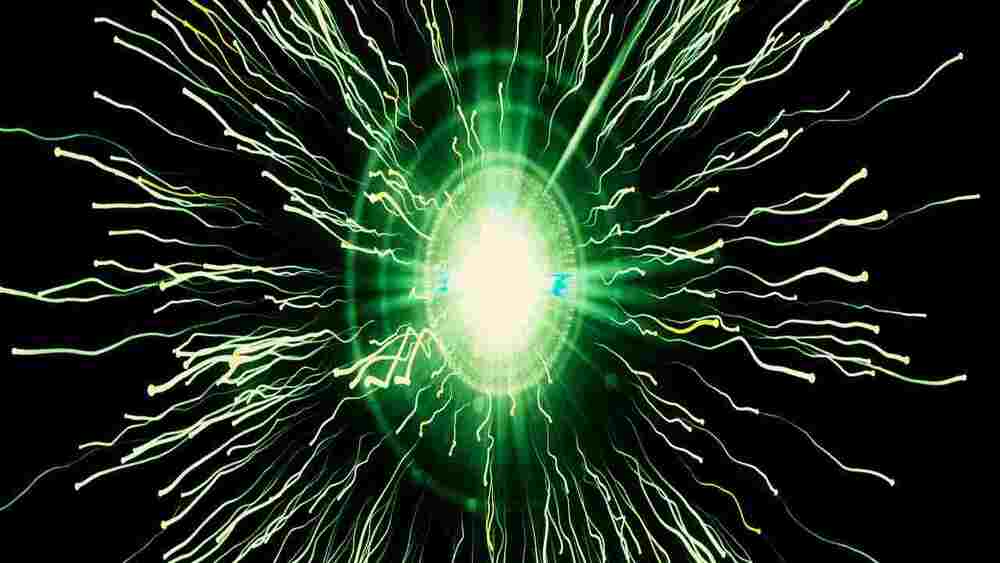Dec 27, 2023
Quantum Physics and the End of Reality | Sabine Hossenfelder, Carlo Rovelli, Eric Weinstein
Posted by Dan Breeden in categories: media & arts, neuroscience, quantum physics
Last year, I edhost a thrilling conversation between @SabineHossenfelder, Carlo Rovelli, and Eric Weinstein as they debate quantum physics, consciousness and the mystery of reality. \
\
IAI Live is a monthly event featuring debates, talks, interviews, documentaries and music. LIVE. \
Watch the original video \
\
See the world’s leading thinkers debate the big questions for real, LIVE in London. Tickets: https://howthelightgetsin.org/\
\
To discover more talks, debates, interviews and academies with the world’s leading speakers visit https://iai.tv/\
\
We imagine physics is objective. But quantum physics found the act of human observation changes the outcome of experiment. Many scientists assume this central role of the observer is limited to just quantum physics. But is this an error? As Heisenberg puts it, \.
